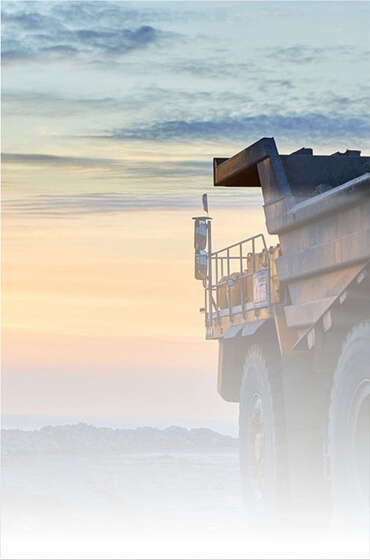Finance Minister Nirmala Sitharaman launched a series of structural reforms across a number of key sectors of the economy on Saturday, including coal and non-coal minerals, as part of the fourth installment of the Government's economic package to combat the Covid-19 slowdown.
Among the key sector announcements, approval for commercial coal mining on a revenue-sharing basis and without eligibility requirements; Rs 50,000 crore investment in infrastructure for coal evacuation; and the overall thrust of expanding domestic production and thus reducing imports underscores the government's mission to become a self-reliant country. On the non-coal side, 500 mineral blocks to be auctioned, the joint auction of coal and bauxite blocks, the rationalization of the stamp duty payable at the time of mining leases, the non-distinction between captive and non-captive mines and the development of the mineral index have been announced.
While commercial coal mining, enabled by amendments to the mineral legislation in March 2020, has been long awaited and can indeed change the paradigm of the sector, there are key implementation issues that need to be sorted out. Among them, the excessive delays in statutory approvals and acquisition of land must be fixed at the earliest opportunity. Another chronic hindrance is the lack of rail connectivity, or evacuation infrastructure, to which Rs 50,000 crore-investment is indeed the right move, although this too is fraught with a similar set of institutional issues.
Furthermore, while retaining no eligibility conditions for a commercial coal miner to participate in auctions will facilitate competition for bids, the benefit comes with certain costs. Lack of eligibility conditions may lead to unforeseen and inexperienced bidders in conflict with a certain eligibility condition that requires some proven experience in managing coal mining projects in the past with due attention to environmental , social and health issues. At the very least, there should be a certain net-value threshold in order to attract financially sound parties involved in the investment needed at the development stage and to have the technical strength needed to develop and plan a green-field coal-block.
With India's abundant inventory, there is a clear need to reduce imports, particularly thermal coal, of which the last fiscal year amounted to around 200 million tonnes. As a result , a huge foreign exchange output can easily be contained. Furthermore, the cancelation of coal and iron ore mining projects seen in recent years has made investment in the mining sector more risky, especially for a global miner. As a result, the ease of statutory approvals, faster implementation of projects under the proposed package, and consistency of regulations and security of tenure will go a long way towards achieving the final objective of commercial coal mining.
A similar story unfolds on the non-coal side, with around 80 blocks of iron ore, limestone, and other minerals auctioned in the last five years, with 20 iron ore mines auctioned in Odisha very recently. However, only a handful of these blocks have begun to operate. Reasons are similar – delayed approval and acquisition of land. While the details of the proposed 500 mineral blocks, including the mineral type or stage of exploration or the status of other preparatory works, are not clear, the key is to expedite the stage of development in order to realize the economic benefits and, most importantly, to create jobs that are currently needed.
Bauxite and coal auctions are regulated under different rules with their own set of eligibility criteria and bidding parameters, while different government agencies monitor the same. The joint auction must therefore clearly provide that incremental advantage similar to the bidding for an aluminum plant.
Stamp duty combined with upfront payments and performance security at the time of mining lease execution poses a significant economic burden to the miner. Its rationalization will therefore be helpful, especially in the current Covid-19 scenario where the metals and mining sector is facing a slowdown. While non-captive mining in non-coal minerals has not been a major issue, further eliminating the distinction will be positive for the sector as it will help to sell materials that are not required by the operator's end-use plant and help to dispose of accumulated stocks.
At present, the Indian Mining Bureau (IBM) publishes an Average Sale Price each month for various non-coal minerals linked to the auctions and royalties payable to the state government. It is not clear whether the new mineral index will be a more refined version of the IBM published index or a new index. A number of mineral blocks have already been auctioned on the basis of the existing IBM index and the methodology used, so that a calibrated approach may be required when switching to a new mechanism.
In sum, the steps announced will go a long way towards shaping the coal and mineral sector towards a more deregulated and competitive scenario. Key is a robust design for implementation and faster execution.


































